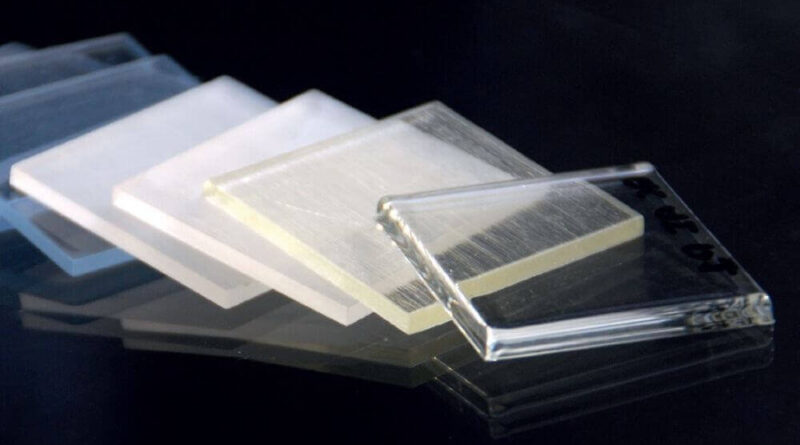What Makes Plastics Opaque?
When it comes to plastics, one of the most common questions is “Why are they so opaque?” To answer this, we need to understand a little bit about how light works.
In this article, we’ll explore what makes plastics opaque, why this property is useful, and some of the challenges associated with it. We’ll also provide a few tips on where to get opaque plastic for your business.
What are Plastics?
Plastics are a type of synthetic material that is commonly used for a variety of industrial and consumer applications.
One key attribute of plastics is their durability, which makes them ideally suited for use in many different kinds of products. For example, they are often found in things like electronics and automotive parts due to their resistance to corrosion and damage.
Additionally, because they can be made in a wide range of colors and sizes, plastics are also frequently used for decorative purposes as well.
Overall, the unique properties of plastics make them an indispensable part of modern life. Whether it’s in our homes or in our factories, there is no doubt that plastic will continue to play a critical role in the future of human society.
How Do Light and Plastics Interact?
Light has a constant presence in our lives, from the sun that shines down on us every day to the electric lights that illuminate our homes at night.
But while we often see and experience light in a relatively straightforward way, there is actually much more going on beneath the surface.
For instance, light often interacts with certain types of materials in interesting and complex ways.
One such example is plastics – materials composed of long chains of molecules that are typically manufactured for their durability, flexibility, and scalability.
When light hits a plastic surface, it undergoes a number of different interactions depending on factors like the type of plastic and its thickness.
For example, in thicker pieces of plastic, much of the light will be absorbed into the material itself and scattered internally without passing through to another side.
However, if the pieces are thin enough – such as what you would find in various types of packaging materials designed for storing food – some amount of light can pass through to reach other parts of the surface being lit up by it.
This is because plastics generally exhibit some degree of transparency in certain wavelengths or frequencies.
Ultimately then, how light reacts with plastics depends highly on factors such as thickness and composition.
While this may not always be obvious or intuitive to us as individual observers, it nevertheless plays an important role in shaping how we see and interact with these ubiquitous materials on a daily basis.
What Makes Plastics Opaque?
The term ‘opaque’ is most commonly used to describe plastics, since these materials are known for their ability to scatter light. Plastics become opaque because of the chemical bonds that form between the molecules in the material.
In the case of plastics, these bonds tend to be short and strong, reflecting both infrared and ultraviolet light.
Other factors can also contribute to opacity in plastics, including particle size and shape, as well as density and degree of branching in the atoms or molecules that make up these materials.
Ultimately, however, it is the highly organized structure of plastics that gives them their characteristic scattering properties.
And while this may seem like a minor detail in everyday life, understanding how and why plastics are opaque has opened up a wide range of useful applications, from lightweight construction materials to protective coatings for electronics.
Thus, we owe our thanks not only to ingenious scientists who continue to uncover new ways of manipulating polymers, but also to material’s inherent opacity.
Where to Get Opaque Plastic for Your Business
If you’re looking for opaque plastic for your business, the best place to start is with a reputable supplier. There are several options out there, including local suppliers, online vendors, and even larger retail outlets.
However, it’s important to consider a few factors when choosing where to buy your plastic materials.
For example, consider the quality of the plastic that you’re buying as well as the customer service offered by the vendor.
In addition, think about things like price and delivery time to help ensure that you get quality products at a reasonable cost.
Ultimately, the key is to do some research and find a supplier that can meet your needs in terms of both quality and convenience. With the right supplier on your side, you’ll be able to get all of the opaque plastic you need for your business quickly and easily.
The Bottom Line
In conclusion, plastics are opaque because of the way light is scattered by the tiny plastic particles dispersed in the material.
This scattering is wavelength-dependent, meaning that different colors of light are scattered to different degrees. The result is a plastic that appears blue or black from most viewing angles.



